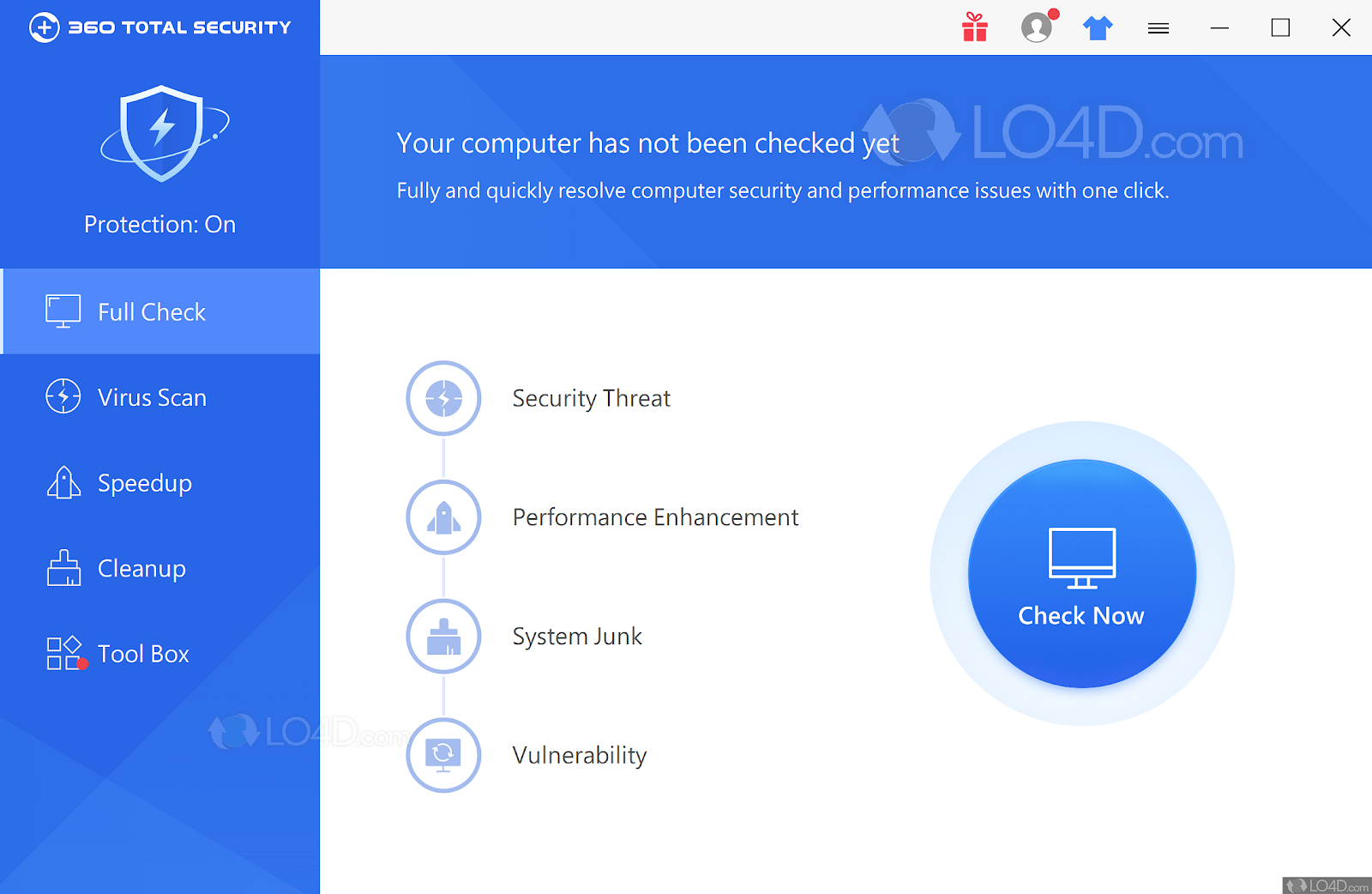

Browsersīrowsers record various sensitive traces about your activities, such as, Web addresses you've visited, pictures you've viewed, snapshots of your most frequently visited pages and so forth. In general, manual deletion is a quick, temporary solution whereas software-based clearing - while takes longer time - provides secure, permanent removal of your activity traces. This article offers you useful info on both manual and software-based clearing of each sensitive area. The overwriting process employs complex algorithms approved by governments and computer scientists and clearing your traces with a specific application, like east-tec Eraser, saves you from the challenges manual deletion poses.

Software-based removal (secure removal): Secure deletion is based on overwriting the original data (tracks) with random characters using a privacy software to make sure that their recovery is impossible. Please also keep in mind that it takes time and advanced skills to be able to locate and manually remove the hundreds of traces you leave behind with your daily activities. However, manual deletion is not secure because the default Windows deletion leaves your tracks recoverable by special tools and because there are many hidden folders that keep copies of your tracks even after you deleted them from their designated folders. Manual removal: Clearing your activity traces manually may come in handy in certain scenarios, for instance, when you need to quickly remove your browsing history, or sensitive emails from prying eyes. There are two ways to delete your activity traces:


This article lists the most important areas and explains how to remove the traces accumulated there. Your daily Internet and PC activities leave sensitive traces behind in various areas of your hard drive. Where do my Internet and PC activities leave traces and how to remove them?


 0 kommentar(er)
0 kommentar(er)
